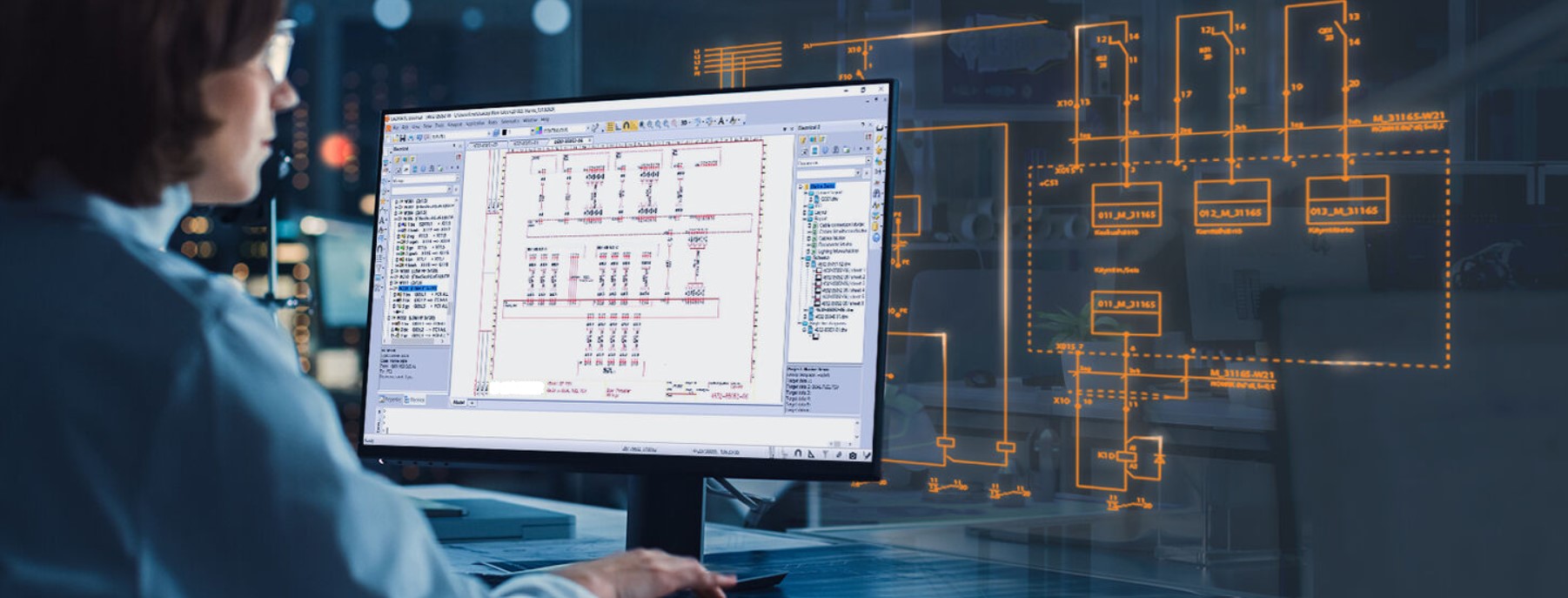Safe Residential Electrical Design Services for Efficient Home Wiring
Safe Residential Electrical Design Services for Efficient Home Wiring
Blog Article
Ingenious Electrical Design Solutions for Modern Facilities
As metropolitan atmospheres grow significantly complex, including modern technologies such as clever grids and renewable power resources ends up being extremely important. These developments not just assure to enhance power consumption however likewise foster durability versus future needs.
Relevance of Cutting-edge Electric Design
Ingenious electric design plays a crucial function in modern infrastructure, influencing not only effectiveness however also sustainability. As cities develop and the need for energy rises, the need for advanced electrical systems ends up being critical. These systems need to not just meet existing needs yet additionally prepare for future development and technical innovations.
A well-executed electric design can substantially minimize power intake, therefore reducing functional prices and lessening environmental impact. By including sustainable energy sources, such as photovoltaic panels and wind turbines, cutting-edge layouts can improve power independence and resilience. Smart grid innovations allow for real-time surveillance and administration of energy circulation, enhancing performance and reducing waste.
Safety is one more crucial facet of electrical design. Implementing extensive criteria and sophisticated technologies can mitigate dangers related to electric failings, making certain a safe environment for citizens and businesses alike. In addition, ingenious styles facilitate versatility, enabling infrastructures to integrate arising technologies effortlessly.
Secret Patterns in Electric Design
As the landscape of electric design remains to develop, numerous vital fads are shaping the future of the market. One significant pattern is the integration of smart innovation right into electrical systems. The proliferation of the Internet of Things (IoT) has actually made it possible for real-time surveillance and control of electric tools, enhancing efficiency and helping with predictive maintenance.
One more fad is the expanding emphasis on modular design. This method enables scalable and flexible services, allowing framework to adapt to altering requirements without substantial improvements. Furthermore, the usage of innovative simulation devices and Structure Information Modeling (BIM) is becoming increasingly prevalent, simplifying the design procedure and boosting cooperation among stakeholders.
Furthermore, improvements in materials scientific research are leading to the growth of lighter, more resilient, and energy-efficient parts. This technology is especially vital for high-performance buildings and infrastructure projects.
Finally, there is a marked shift towards data-driven decision-making - electrical design services. Leveraging information analytics helps designers optimize systems for efficiency and cost-effectiveness. With each other, these trends represent a transformative era in electrical design, boosting performance, sustainability, and durability in modern facilities
Sustainable Power Solutions
Sustainable power remedies are significantly coming to be an essential focus in electric design, showing a wider commitment to environmental responsibility and source efficiency. These services aim to lessen environmental impact while optimizing energy intake in different infrastructures, from property structures to huge industrial facilities.
One of the foremost techniques includes the assimilation of eco-friendly energy resources, such as solar panels and wind generators, into electric systems. This not only minimizes dependence on fossil gas however additionally boosts power durability. Additionally, ingenious power storage systems, such as sophisticated batteries, make it possible for efficient monitoring website here and circulation of power, ensuring that surplus power created throughout peak production can be made use of throughout high demand durations.
Furthermore, energy-efficient design techniques are being embraced to boost overall system performance. This consists of utilizing energy-efficient illumination, HVAC systems, and wise building technologies that check and adjust power usage based on tenancy and environmental conditions.
Smart Grid Technologies
The application of lasting energy options normally results in the exploration of smart grid technologies, which play a critical function in improving electrical systems. Smart a fantastic read grids leverage advanced communication modern technologies and data analytics to enhance the reliability, performance, and sustainability of electrical energy circulation. By incorporating electronic modern technology with typical grid facilities, these systems help with real-time tracking, automated control, and improved decision-making abilities.
One of the essential attributes of clever grids is their capacity to accommodate renewable energy resources, such as solar and wind power. This versatility not just reduces reliance on nonrenewable fuel sources yet also permits a more decentralized energy production design. Furthermore, wise grids allow demand feedback programs, where customers can change their energy use based upon real-time pricing, thus advertising energy preservation and decreasing peak lots needs.
Furthermore, wise grid technologies boost grid resilience by enabling quicker recognition and resolution of outages, inevitably decreasing downtime. With predictive maintenance and analytics, utilities can enhance and enhance procedures solution delivery. As cities and communities continue to evolve, clever grid innovations are vital for building a sustainable and reliable electrical facilities that meets the needs of contemporary culture.

Future-Proofing Infrastructure
To make certain lasting feasibility and versatility, future-proofing framework is necessary in the swiftly evolving landscape of electric design solutions. As innovation developments and power needs shift, it is essential that electrical systems are designed with adaptability in mind. This involves including scalable solutions that can accommodate future upgrades without demanding extensive overhauls.

Additionally, sustainability must be a cornerstone of future-proofed styles. Using sustainable energy resources, such as solar and wind, and enhancing power efficiency lower reliance on nonrenewable fuel sources, lining up with worldwide initiatives to fight environment adjustment.
Verdict
Finally, cutting-edge electric design solutions play a critical function fit contemporary framework. By prioritizing adaptability, effectiveness, and sustainability, these services attend to the advancing demands of power systems. The assimilation of smart grid modern technologies and sustainable power services enhances durability and lowers functional expenses. Future-proofing infrastructure with innovative simulation devices and modular techniques ensures that electric systems remain receptive to transforming requirements, ultimately adding to an extra energy-independent and sustainable future.
A well-executed electric design can dramatically minimize power usage, thereby decreasing functional costs and minimizing environmental impact. By including sustainable energy sources, such as solar panels and wind generators, cutting-edge designs can improve energy freedom and strength. Additionally, innovative energy storage systems, such as advanced batteries, allow reliable monitoring and distribution of power, making sure that surplus power created throughout height manufacturing can be made use of during high demand durations.
Smart grids make it possible for demand response programs, where customers can change their power use based on real-time rates, thus promoting power conservation and decreasing peak lots needs. (residential electrical design)
As innovation advancements and power needs change, it is crucial that electric systems are developed with flexibility in mind.
Report this page